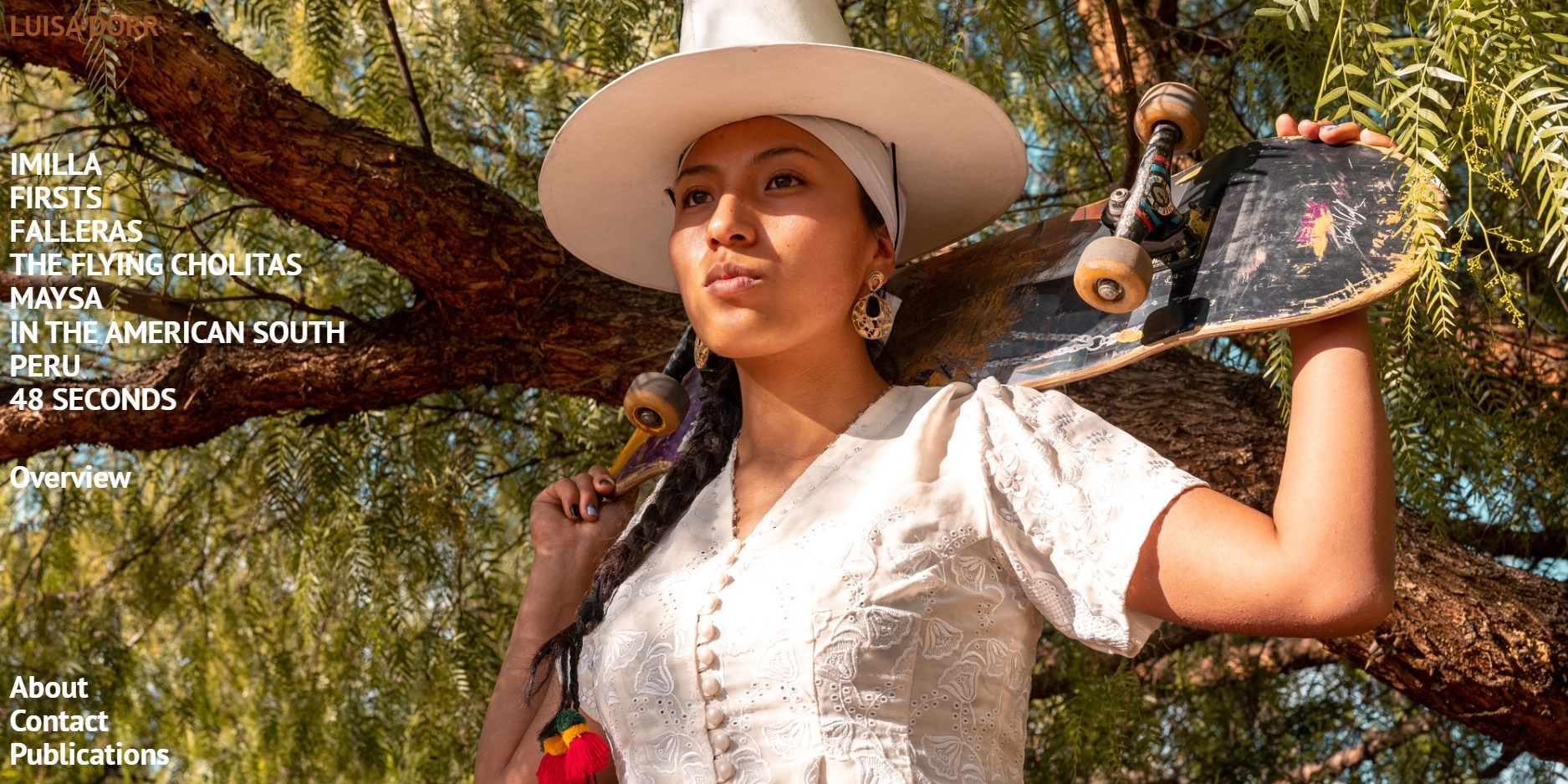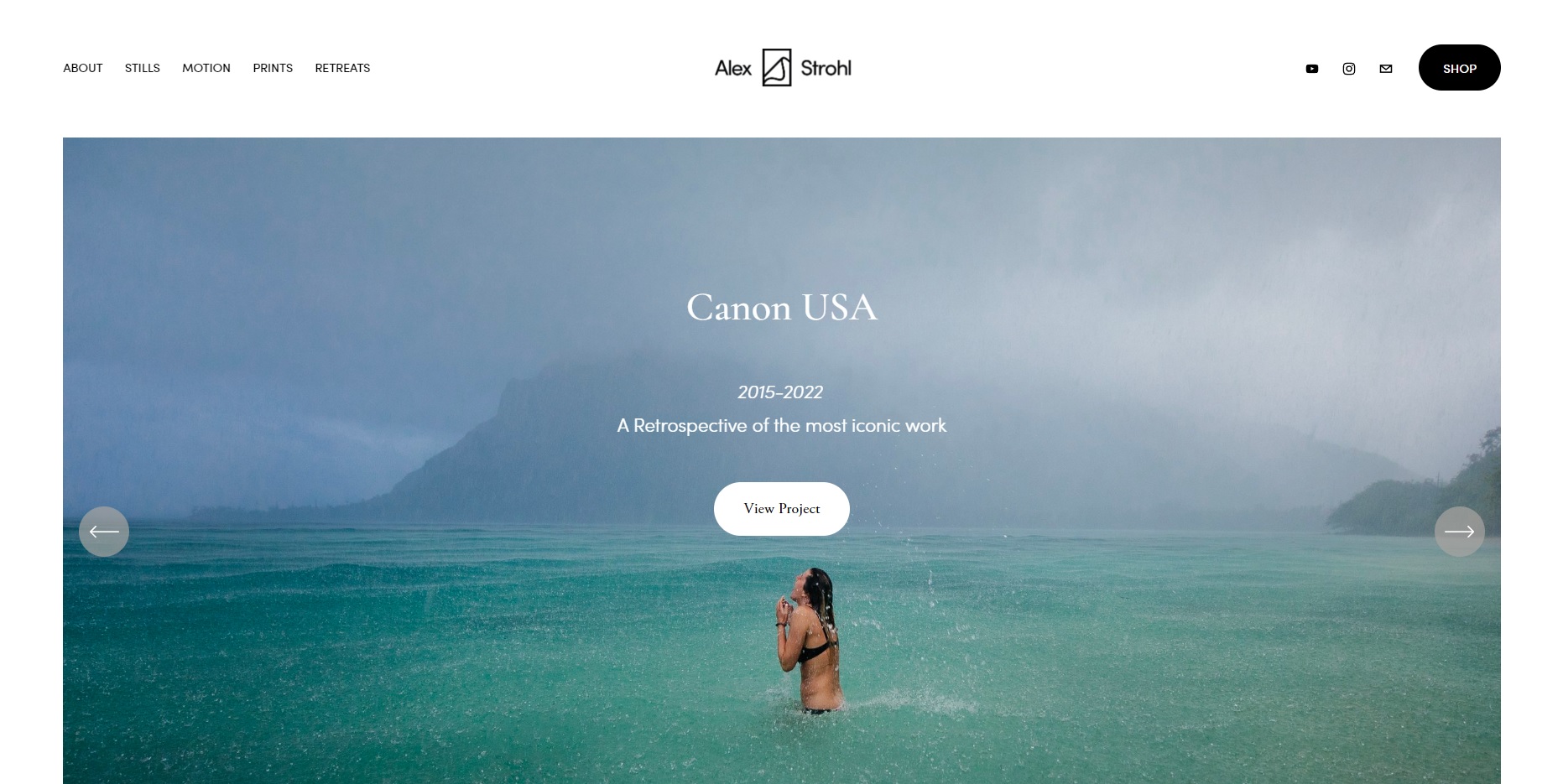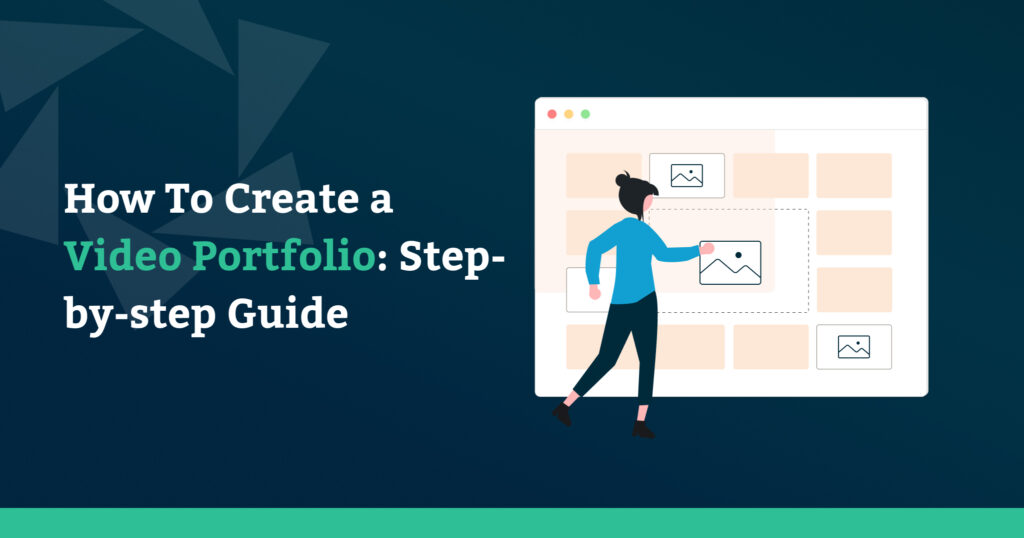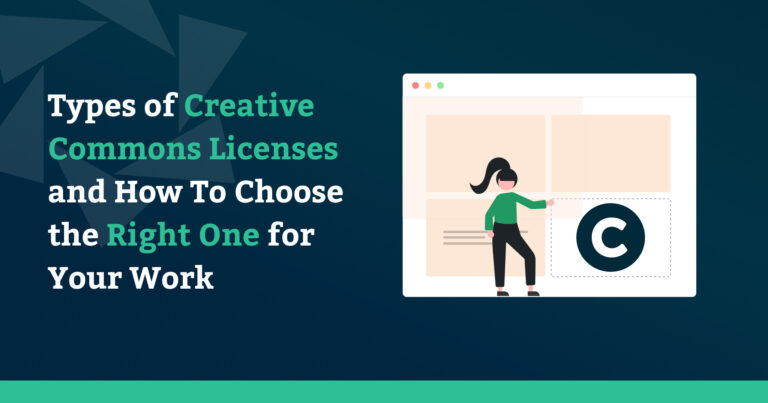In the digital age, an excellent video portfolio can offer a visual narrative to showcase your skills, talents, and creativity to potential clients, employers, or even your online audience. Whether you’re a videographer, filmmaker, video designer, or any creative professional, understanding how to create a video portfolio can open doors to many opportunities.
Let’s explore the steps to crafting a captivating video portfolio, from comprehending its significance to choosing the right platform and leveraging top-notch video editing software.
So grab your notebook, and let’s get started!
What is a video portfolio?
A video portfolio is a curated collection of video content that showcases an individual’s or a team’s skills, talents, work, or accomplishments.
This multimedia representation is a powerful tool graphic designers, stage directors, and other professionals utilize to present their video work to varied audiences, whether for job applications, freelance gigs, personal branding, or captivating promotional campaigns.
A video portfolio typically includes a selection of videos that demonstrate the creator’s best work. These videos may range from short clips to longer projects. They can consist of examples of past projects, creative work, demonstrations of technical skills, and any other content that highlights the individual’s abilities and expertise. The goal is to provide potential employers, clients, or audiences with a clear and engaging representation of what the creator can do.
Why Create a Video Portfolio?
Before diving into the step-by-step process of creating a video portfolio, it’s crucial to understand why having one is essential. Here are some compelling reasons:
- Showcase Your Work: Move beyond static images and dive deeper into the world of content creation. Videos bring life to your projects and engage your intended audience with compelling narratives. By showcasing your projects through videos, you can effectively convey your creativity, skills, and storytelling abilities.
- Build Your Brand: It provides a visual resume that gives potential clients and employers a direct look at what you can bring. By presenting a collection of your most impressive and relevant video projects, you convey your skills and build your brand, trust, and credibility.
- Engage Your Audience: A well-curated video portfolio can attract many viewers, from potential clients and employers to fellow creatives and enthusiasts. Videos are informative and emotionally engaging, making your portfolio a compelling medium for conveying your message and leaving a lasting impact. You can offer a quick overview of your versatility and creativity by showcasing multiple snippets of your work.
- Professional Credibility: Establish a solid foot forward by presenting your extensive previous experience through a visually captivating platform, whether through portfolio sites or your website. A well-structured video portfolio conveys that you take your work seriously and will invest the time and effort required to create a polished presentation. This professionalism can be a significant factor in attracting high-quality clients and job offers.
Whether you are a seasoned filmmaker or an aspiring videographer, your video portfolio is your canvas to tell your unique story; it’s a tool that can open doors to exciting opportunities in your field.
Video Portfolio Examples
Before you start creating your video portfolio, drawing inspiration from successful examples is essential. Here are a few notable video portfolios:
Luisa Dörr
Luisa Dörr is a talented photographer and videographer known for her distinct style and storytelling abilities. Her portfolio showcases a range of captivating visuals and demonstrates her unique approach to visual storytelling.
Luisa Dörr’s minimalistic aesthetic on her portfolio accentuates her unique storytelling approach. It invites visitors to explore her captivating video samples. The clean and uncluttered design allows her photographs and videos to take center stage.

Alex Strohl
Alex Strohl is a renowned adventure photographer and filmmaker known for his stunning visuals of remote landscapes and outdoor adventures. His website portfolio is a testament to his storytelling skills, featuring immersive videos and captivating photography that transport viewers to some of the most breathtaking locations around the world.
The well-organized portfolio allows visitors to explore his work and gain insight into his unique approach to visual storytelling.

Steps to Create a Stunning Video Portfolio
To create a stunning video portfolio, you need a structured approach that encompasses selecting suitable videos, crafting engaging descriptions, and choosing the appropriate platform.
Learning how to create a videography portfolio is not as difficult as you might think. I’ll provide a detailed step-by-step guide to help you craft an impressive video portfolio.
⚙️ Preparing Your Work
Before doing anything, preparing and clearly understanding what you want to achieve is essential.
Define Your Objectives
Your video portfolio’s success begins with a clear understanding of your objectives. This step sets the tone for the entire portfolio creation process, shaping your content, design, and approach. Are you aiming to attract new clients, land a job, promote your video channel, or showcase your work to a broader audience?
Tips:
- Identify your target audience.
- Determine the specific purpose of your portfolio (e.g., showcasing your skills, attracting clients, personal branding).
- Set measurable goals to gauge the portfolio’s effectiveness.
Select Your Best Work
Quality should always take precedence over quantity. The key to an impressive video portfolio is to carefully curate and select your best work that most effectively represents your style, creativity, and skills in content marketing.
Tips:
- Choose projects that highlight your range of skills.
- Prioritize work that aligns with your objectives.
- Focus on projects that reflect your unique style and storytelling abilities.
Organize Your Content
Proper organization is the backbone of an effective video portfolio. Group your video stories logically by creating clear categories or sections. This way, you make it easier for visitors to navigate and find the content they’re interested in. Here, you can also think about what descriptions to add, explain the purpose, describe your role in each project, and discuss any unique challenges faced during production.
Tips:
- Use intuitive category names for your projects.
- Group related videos together.
- Consider adding a featured section for standout work.
Building The Video Portfolio
Now that you have prepared the work you want to showcase, it’s time to build the actual portfolio:
Choosing the Right Platform
The first crucial decision is selecting the platform to host your video portfolio. The platform you choose to host your video portfolio plays a significant role in its success. There are various options available, each with its unique features:
- Vimeo—Known for its high-quality video hosting, Vimeo offers customization options, privacy settings, and a clean and professional look for your portfolio.
- YouTube – As the largest video-sharing platform, YouTube offers exposure to a vast audience. A YouTube channel is excellent for building a brand but may not provide as much control over your portfolio’s appearance.
- Wix – A website builder with an integrated video feature, Wix allows you to create a customized portfolio website with various templates.
- Squarespace—Another website builder, Squarespace, is renowned for its sleek and modern designs, making it a great choice for creative professionals. One of the professionally designed templates can be used to create a video portfolio quickly and easily.
- WordPress – A highly customizable platform that allows you to build a video portfolio using themes and plugins. For WordPress, we recommend the Modula plugin for creating galleries and portfolios.
Tips:
- Consider your technical proficiency and comfort with the chosen platform.
- Research the customization options, design templates, and privacy settings.
- Think about your long-term goals and how the platform can support them.
Consider Mobile Responsiveness
Optimizing your video portfolio for smartphones and tablets is paramount in a world where mobile devices dominate web traffic.
Tips:
- Use responsive design templates or themes.
- Test your portfolio on various devices and screen sizes.
- Prioritize fast loading times and smooth navigation on mobile.
Design a User-Friendly Interface
The design of your video portfolio should prioritize user experience. It should be clean, intuitive, and user-friendly to ensure visitors can navigate effortlessly and engage with your content. As a bonus, make sure the content can be easily shared on social media platforms so that your work’s fans can become advocates of your art.
Tips:
- Choose a clean and uncluttered layout.
- Pay attention to color schemes and typography.
- Ensure easy navigation and quick access to content.
Final Adjustments
Once you have finished building your portfolio, it’s time to give it another look and sort the final touches:
Create an ‘About’ Page
Your “About” page lets you introduce yourself to your audience and adds a personal touch. Here is the best place to sell yourself and show the viewers who you are.
Tips:
- Share your personal and professional journey.
- Include a professional photo of yourself and contact details.
- Express your passion and values in a relatable way.
Implement Strong Calls to Action (CTAs)
Calls to Action (CTAs) guide your visitors and encourage them to take specific actions, whether contacting you for inquiries, subscribing to your updates, exploring more of your portfolio, or sharing your work.
Tips:
- Use persuasive language and action verbs in your CTAs.
- Clearly state what you want the visitor to do.
- Make CTAs visually prominent but not overwhelming.
Optimize for SEO
Optimizing it for search engines is crucial to enhance your portfolio’s discoverability and search engine capabilities.
Tips:
- Research relevant keywords in your niche.
- Optimize your video titles and descriptions for search engines.
- Use descriptive alt tags for images and videos.
Regularly Update Your Portfolio
A video portfolio is a dynamic, living entity that should reflect your growth and versatility as a videographer or filmmaker. Updating it regularly shows people you are active and working on your craft.
Tips:
- Develop a schedule for portfolio updates.
- Highlight new projects and achievements.
- Continuously assess and refine your portfolio’s performance.
Creating a stunning video portfolio is a meticulous process that requires attention to detail, continuous refinement, and a keen understanding of your goals and audience. These steps and tips will guide you through creating an impressive video portfolio that effectively represents your skills and storytelling abilities as a videographer or filmmaker.
Make Your Video Portfolio More Interesting
I’ve covered the basics of creating a video portfolio with you. You could follow what I explained so far or… make it more interesting!
Here’s what I would add on top:
- Landing Page Preview: When people go on your website, it would be a great idea to incorporate a stunning portfolio video to preview your work. Select your best works to make a compilation.
- Behind-the-Scenes Content: Include behind-the-scenes content, such as making-of videos, production notes, or commentary tracks for your projects, to offer a glimpse into your creative process. People will love to know more about what it took to create the final product.
- FAQ Section: Humans are usually curious by nature, and your video portfolio visitors are no exception. Anticipate common questions your visitors might have and create a Frequently Asked Questions (FAQ) section to address them. This can save time for both you and your audience.
- Testimonials and Reviews: If you’ve received positive feedback or testimonials from clients, collaborators, or viewers, consider adding a section that showcases these reviews. Testimonials can enhance your credibility and build trust.
- Legal Considerations and Copyright: Discuss the legal aspects of using copyrighted material in your portfolio. Explain the importance of obtaining proper permissions or licenses using third-party content.
- Incorporating Social Media Integration: Integrating social media into your video portfolio can boost your visibility, engage your viewers, and connect with potential clients and collaborators.
Personal take: Creating a video portfolio can be challenging. You can host videos on a third-party website or create a Behance digital video portfolio, depending on your skill level. Alternatively, if you’re more experienced, consider building a sleek website using WordPress and creating a video gallery with Modula. Here’s a quick guide on creating video galleries with Modula.
Wrapping up…
Creating a video portfolio is crucial in establishing your online presence as a creative professional. It showcases your talents and helps you build your personal or professional brand.
By choosing the right platform, organizing your content, and following best practices, you can create a stunning video portfolio that leaves a lasting impression on your audience.
Whether you’re using Vimeo, YouTube, Wix, Squarespace, or WordPress with Modula, the key is to showcase your work in the best possible light and effectively engage your viewers. Start building your video portfolio today and open doors to new opportunities in visual storytelling.





Thank you for this comprehensive guide. It’s evident that a lot of research and thought went into writing this article, which I found very beneficial.